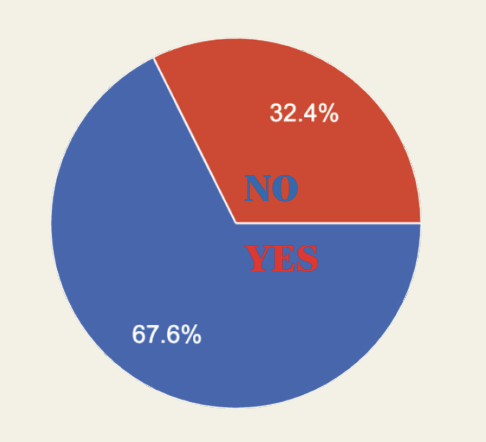In a world where fact is seen as fiction and fiction as fact, it is difficult to figure out what information is real and reliable. President Donald Trump has shunned reputable newspapers as “fake news,” causing the divide in the view of truth in America to widen. News outlets have become polarized, and many readers have grown weary of relentless phone alerts and newspaper headlines. The constant influx of media has led to the question of whether people are reading less news than previously.
There has been a rise of “news fatigue” around politics, overseas conflicts, the economy and climate change, which has led to the number of people consuming news to decline. The Reuters Institute says, “According to this year’s Digital News Report, up to 43% say they avoid the news in some form.”
However, a Washington Post article explains that interest in news will never fully diminish. An article describing the change of how people consume news stated, “News is consistent in that as long as humans and all their complexities exist, it will never stop happening. The ways we follow it, however, are changing quickly, and that can impact everything from how stories are covered to the way people feel about unfolding events.”
In 2024, only 6% of Americans regularly got their news from print. Pew Research states, “for the most part, daily newspaper circulation nationwide – counting digital subscriptions and print circulation – continues to decline, falling to just under 21 million in 2022.”
As the usage of electronic devices has become increasingly common, electronic and digital media have risen as the primary source of news. According to Pew Research, more than 8 out of 10 Americans use an electronic device for their news, and more than 1⁄2 of Gen Z consumed their news through social media in 2022.
Last year, the New York Times asked 400 teenagers from across the nation to report on their news habits. One teenager responded, “Paid celebrity messages, influencers promoting political agendas, passive-aggressive texts — each are facets of an age dominated by misinformation…A 14-year-old with nearly unrestricted internet access is not ideal, but as I encounter many perspectives, some logical, others absurd, they shape how I think.”
Taking a poll of 20 Friends Upper School students, 80% said that they use their phones for news. That was followed by a computer, then a television, and finally an iPad. Social media apps were the most popular apps to access news — 40% of responders used Instagram and TikTok. Everett Arnold ‘28 says that “Probably the most of my news comes from Instagram and social media. But I look at news sites on social media, like the Daily Mail.” 40% also received news from CNN, along with 35% listening to NPR, and 30% reading the New Yorker. Only 20% (4 responders) received news in print, but when conducting a hallway poll, no one said that they did.
Willa Crystal ‘27 says “What happens is I see something on TikTok and then I look it up on the New York Times.” Every respondent of the online poll said they used the New York Times as well, as did 8 more hallway respondents. This is probably to the disappointment of President Trump, who had referred to the Times as “a true enemy of the people,” as it is “frankly disgusting the way the press is able to write whatever they want to write.”
















